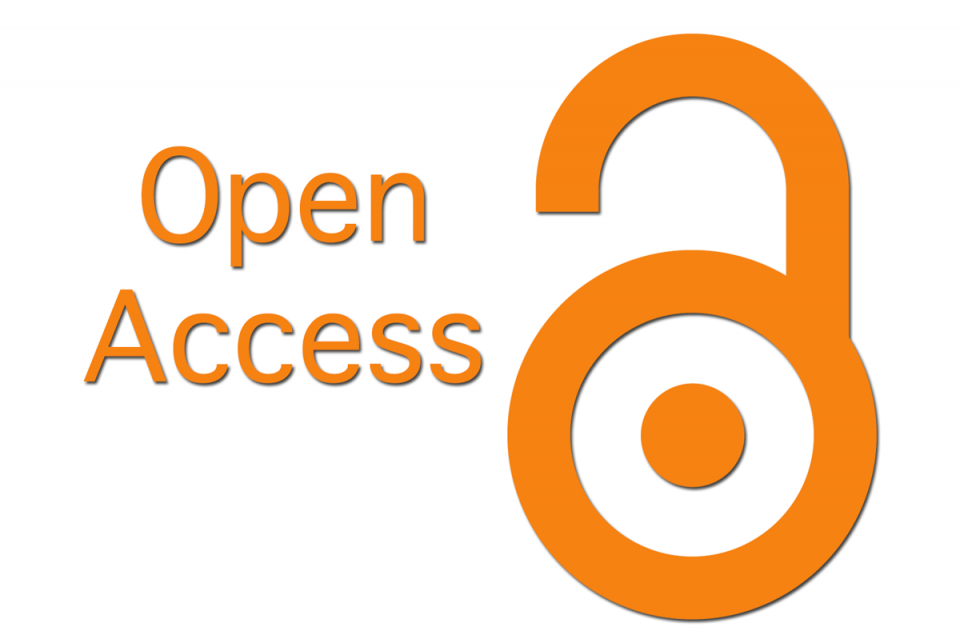Implementation of the Policy on Equalization of Structural Positions to Functional Positions in the Department of Library and Archives of South Sulawesi Province
DOI:
https://doi.org/10.48047/97k45118Keywords:
Bureaucratic Reform, Position Equalization, Functional Position, Policy Implementation, Library and Archives ServiceAbstract
This study investigates the implementation of the structural-to-functional position conversion policy at the Library and Archives Office of South Sulawesi Province, as part of Indonesia’s broader bureaucratic reform agenda. The policy of position equalization is a strategic initiative introduced by the central government to streamline organizational structures, enhance adaptability, and promote professional governance by transforming administrative echelon IV positions into expert functional roles. Employing a qualitative approach with a case study design, data were collected through in-depth interviews, direct observation, and document analysis. The analysis is guided by Grindle’s (2017) policy implementation model, which emphasizes both the content of policy and the context of implementation. The findings reveal several critical challenges in the policy’s implementation. Substantively, the policy lacks adequate technical and social preparedness. Identified obstacles include limited policy dissemination, insufficient understanding among civil servants regarding functional position requirements—particularly the credit point system—and the absence of structured transitional training. From the contextual perspective, the implementation process is hampered by the complex interplay of multiple stakeholders, protracted bureaucratic procedures, and the low responsiveness of affected personnel. Additionally, discrepancies between employees’ competencies, job descriptions, and workload in their new functional roles contribute to inefficiencies. This study concludes that without comprehensive technical support and adaptive institutional measures, the goals of structural transformation may remain unmet. It recommends the development of integrative supporting mechanisms to ensure a sustainable and effective transition toward a professional, performance-oriented civil service
Downloads
References
Dunn, W. (2003). Introduction to Public Policy Analysis (Translation). Gadjah Mada University Press.
N. Entjaurau, J. A., Sumampow, I., & Undap, G. (2021). Implementation of Government Policy in Implementing Covid-19 Health Protocols in Pineleng District. Jurnal Governance, 1(2), 1–8.
Fauzia, A., Hamdani, F., & Octavia, D. G. R. (2021). The Revitalization of the Indonesian Legal System in the Order of Realizing the Ideal State Law. Progressive Law Review, 3(1).
Grindle, M. S. (2017). Politics and Policy Implementation in the Third World. Princeton University Press. https://doi.org/10.2307/2619175
Gunawan, A. (2022). Position Equalization, Challenges, and Implementation Obstacles. Research and Development and Training Agency, Ministry of Religious Affairs of the Republic of Indonesia. https://balitbangdiklat.kemenag.go.id/berita/penyetaraan-jabatan-tantangandan-hambatan-implementasi
C.E. Rogge, & B.A. Eppley. (2017). Behind the Bocour label: Identification of pigments and binders in historic Bocour oil and acrylic paints. Journal of the American Institute of Conservation, 56, 15–42.
Mazmanian, D. A., & Sabatier, P. A. (1983). Implementation and Public Policy. Scott, Foresman.
Pratama, D. H., Wibowo, G. D., & Purnomo, C. E. (2023). Implementation of the Equalization of Administrative Positions into Functional Positions in Local Governments (A Study in the Provincial Government of NTB). Indonesia Berdaya, 4(3), 931–942. https://doi.org/10.47679/ib.2023507
Turner, M., Prasojo, E., & Sumarwono, R. (2019). The Challenge of Reforming Big Bureaucracy in Indonesia. Policy Studies, 43(2), 333–351. https://doi.org/10.1080/01442872.2019.1708301
Van Meter, D.S., & Van Horn, C. E. (1975). The Policy Implementation Process: A Conceptual Framework. Policy Studies Journal, 6(4), 445–488.
Regulation of the Minister of State Apparatus Empowerment and Bureaucratic Reform Number 1 of 2023 concerning Functional Positions.
Regulation of the Minister of State Apparatus Empowerment and Bureaucratic Reform Number 25 of 2020 concerning the Bureaucratic Reform Road Map 2020–2024.
Regulation of the Minister of State Apparatus Empowerment and Bureaucratic Reform Number 17 of 2021 concerning Equalization of Administrative Positions into Functional Positions.
Government Regulation Number 11 of 2017 concerning Civil Servant Management.
Downloads
Published
Issue
Section
License
Copyright (c) 2025 Andi Dalaya Sompa Ritimo, Dr. Arifin Fajar Putera, Badu Ahmad, Andi Rasdiyanti, Ayu Amalia (Author)

This work is licensed under a Creative Commons Attribution 4.0 International License.
You are free to:
- Share — copy and redistribute the material in any medium or format for any purpose, even commercially.
- Adapt — remix, transform, and build upon the material for any purpose, even commercially.
- The licensor cannot revoke these freedoms as long as you follow the license terms.
Under the following terms:
- Attribution — You must give appropriate credit , provide a link to the license, and indicate if changes were made . You may do so in any reasonable manner, but not in any way that suggests the licensor endorses you or your use.
- No additional restrictions — You may not apply legal terms or technological measures that legally restrict others from doing anything the license permits.
Notices:
You do not have to comply with the license for elements of the material in the public domain or where your use is permitted by an applicable exception or limitation .
No warranties are given. The license may not give you all of the permissions necessary for your intended use. For example, other rights such as publicity, privacy, or moral rights may limit how you use the material.








